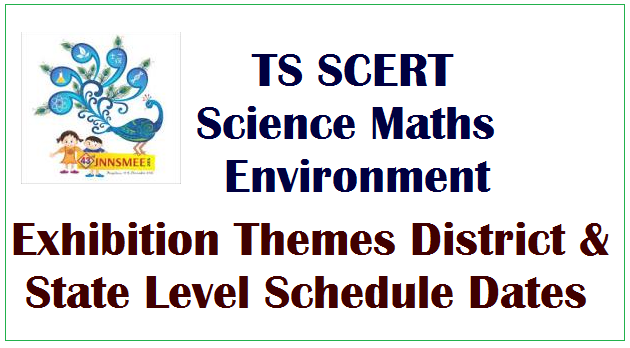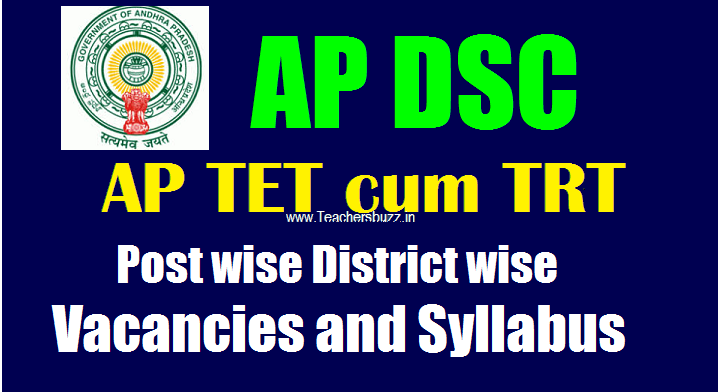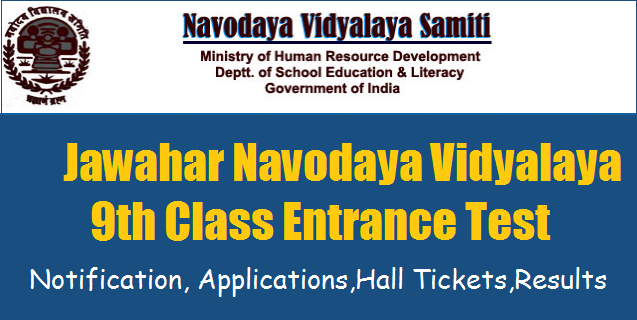TS SCERT Science Maths Environment Exhibition Themes District and State Level Schedule Dates
As per the instructions of NCERT Telangana SCERT is proposed to conduct Science Mathematics and Environment Exhibitions at District level and State Level and communicated Themes and Sub themes to all Districts. The main theme of Telangana State Council for Education Research and Training Science Mathematics and Environment Exhibitions is “Scientific Solutions for Challenges in Life” organizer NCERT named it as jawaharlal Nehru National Science Mathematics and Environment Exhibition JNNSMEE .
NCERT/SCERT Science Maths Environment Exhibition Schedule
As per the guidelines of NCERT New Delhi Department of School Education Telangana State is Proposed to conduct District Level and State Level Science Mathematics and Environment Exhibition DLSMEE and State Level Science Mahematics Environment exhibition SLSMEE for the year 2018-19
The Theme for the SLSMEE 2018-19 and JNNSMEE is
“Scientific Solutions for Challenges in Life”
Sub themes
(adsbygoogle = window.adsbygoogle || []).push({});
- Agriculture and Organic Farming
- Health and Cleanliness
- Resource Management
- Waste Management
- Transport and Communication
- Mathematical Modeling
(adsbygoogle = window.adsbygoogle || []).push({});
Schedule for SCERT Exhibitions 2018-19
District Level Exhibitions should be conducted for three days between 25.10.2018 to 09.11.2018 in their respective districts. The winners of District level Exhibitions in the above said theme / Sub themes will participate at state level. State level Science Maths and Environment Exhibitios will be held from 15th November to 19th November 2018. Upper Primary and High Schools should participate in this exhibitions at District Level
(adsbygoogle = window.adsbygoogle || []).push({});
Get SCERT Guidelines
Get NCERT Guidelines
- to provide a forum for children to pursue their natural curiosity and inventiveness to quench their thirst for creativity;
- to make children feel that science is all around us and we can gain knowledge as well as solve many problems also by relating the learning process to the physical and social environment;
- to lay emphasis on the development of science and technology as a major instrument for achieving goals of self-reliance and socio-economic and socio-ecological development;
- to highlight the role of science and technology for producing good quality and environmental friendly materials for the use of society;
- to encourage children to visualise future of the nation and help them become sensitive and responsible citizens;
- to analyse how science has developed and is affected by many diverse individuals, cultures, societies and environment;
- to develop critical thinking about global issues to maintain healthy and sustainable societies in today’s environment;
- to apply mathematics and information technology to visualise and solve problems pertaining to everyday life etc.;
- to appreciate the role of science in meeting the challenges of life such as climate change, opening new avenues in the area of agriculture, fertiliser, food processing, biotechnology, green energy, disaster management, information and communication technology, astronomy, transport, games and sports etc.; and
- to create awareness about environmental issues and concerns and inspiring children to devise innovative ideas towards their mitigation.
- The organisation of these exhibitions envisages that children and teachers would try to analyse all aspects of human endeavor with a view to identify where and how the new researches and developments in science and technology can bring and sustain progress of society leading to improvement for the challenges of life. The organisation of science, mathematics and environment exhibitions also provide opportunities to all participating students, teachers and visitors to get acquainted with different kind of equipment, devices and techniques. This exercise enables the students and teachers to generate scientific ideas for addressing various problems of the society and environment.



